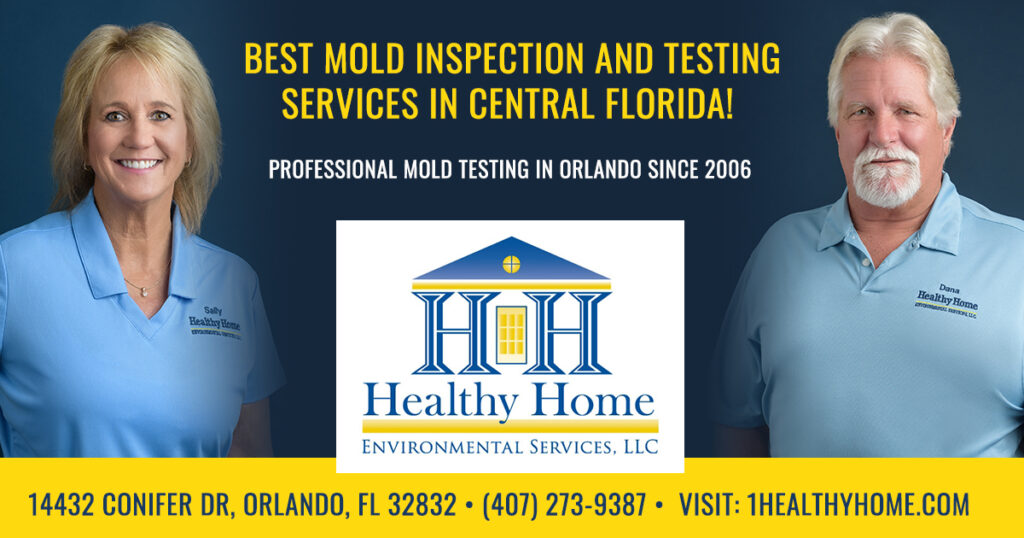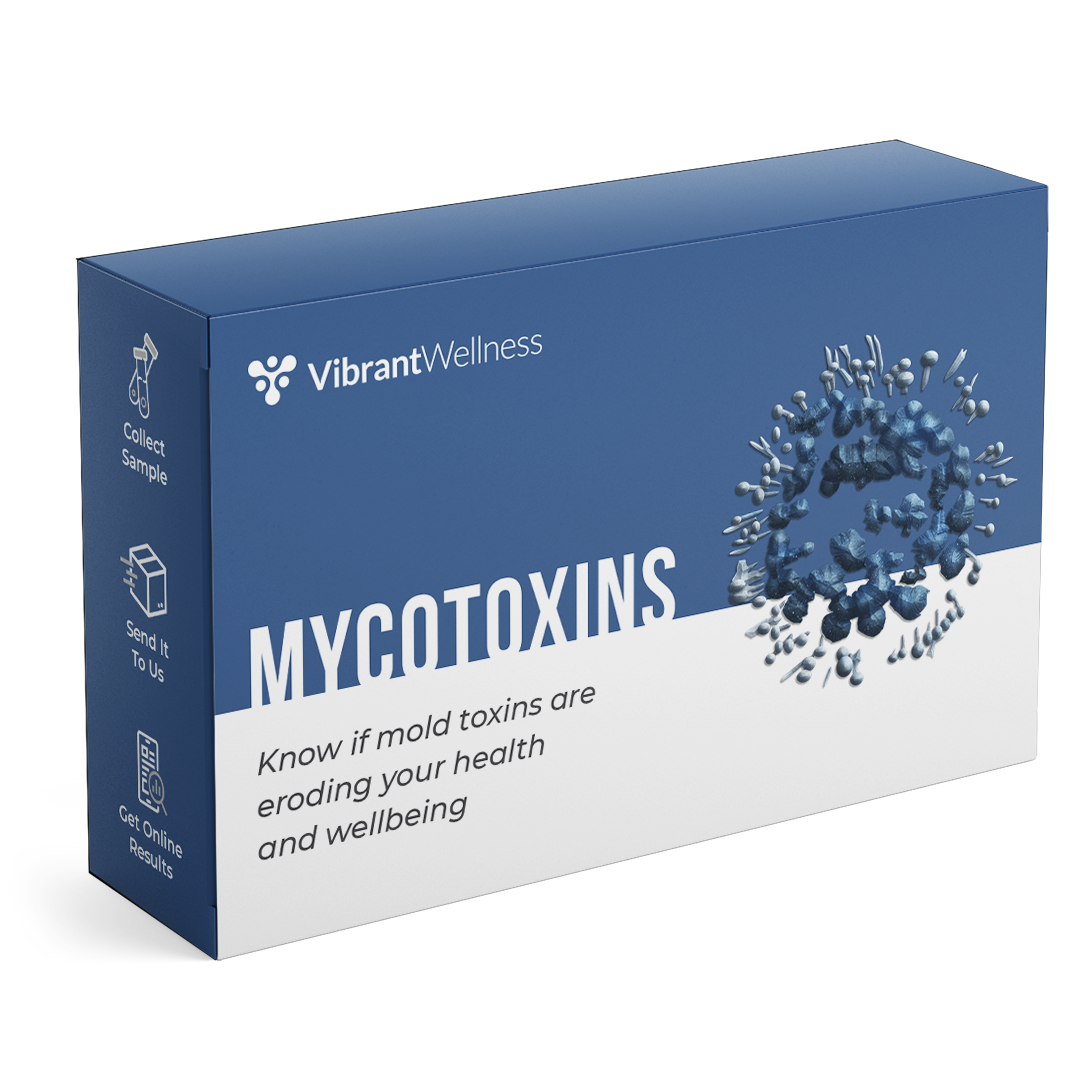Exactly How Mycotoxin Screening Aids Prevent Contamination and Protect Food Materials

Mycotoxin testing is a crucial technique in the food market, serving as a frontline protection against contamination by dangerous toxic substances generated by molds. Through the application of sophisticated methods like High-Performance Liquid Chromatography (HPLC) and Liquid Chromatography-Mass Spectrometry (LC-MS), food producers can precisely identify and evaluate mycotoxin degrees in agricultural products.
Comprehending Mycotoxins
Comprehending mycotoxins starts with acknowledging that they are harmful secondary metabolites created by specific molds, which can pollute agricultural products. These metabolites are not necessary for the development or recreation of the fungis but can have severe implications for human and animal health. Mycotoxins are generally located in staple plants such as corn, wheat, barley, and nuts, where they can proliferate under particular problems of wetness and temperature.
There are a number of types of mycotoxins, each produced by various fungal types. Fusarium species generate trichothecenes and fumonisins, both of which are associated with numerous severe and persistent health concerns.

Threats of Mycotoxin Contamination
The risks of mycotoxin contamination are multifaceted, positioning considerable threats to both food safety and public health. Mycotoxins, toxic compounds created by specific sorts of fungis, can pollute a wide variety of farming items including cereals, nuts, spices, dried out fruits, and coffee. When these toxins penetrate the food supply, they can cause major health concerns such as liver damage, kidney failure, and also cancer. Vulnerable populaces, including youngsters, the elderly, and immunocompromised people, are especially in danger.
Financial impacts are an additional major worry. Contaminated crops can result in considerable monetary losses for farmers and food manufacturers due to minimized returns and the requirement for pricey decontamination procedures. International trade can be substantially prevented as nations enforce stringent mycotoxin guidelines to shield their populations, leading to denied shipments and strained trade connections.
Ecological variables such as climate change intensify the danger of mycotoxin contamination. Variants in temperature and moisture can develop desirable problems for fungal development, raising the likelihood of contamination events. Thus, understanding and reducing these risks are important for making sure the safety and security and honesty of international food products.
Approaches of Mycotoxin Examining
Properly recognizing mycotoxin contamination in farming items is necessary for protecting public wellness and maintaining food security standards. Various methods are used to detect and evaluate mycotoxins, each offering details benefits and restrictions.
High-Performance Liquid Chromatography (HPLC) is a commonly made use of technique as a result of its high sensitivity and precision. It entails dividing mycotoxins from other substances in an example, making it possible for exact metrology. Liquid Chromatography-Mass Spectrometry (LC-MS) combines fluid chromatography with mass spectrometry to offer in-depth molecular details, making it specifically useful for recognizing multiple mycotoxins simultaneously.

Gas Chromatography-Mass Spectrometry (GC-MS) and Thin-Layer Chromatography (TLC) are also employed, each with distinct applications. GC-MS works for volatile mycotoxins, while TLC provides a simpler, economical option for preliminary screening.
Advantages of Normal Examining
Routine testing for mycotoxins in agricultural products uses many benefits, considerably adding to public health and read here food safety and security. By recognizing contamination early, routine testing aids prevent the circulation of hazardous foods, thus decreasing the risk of mycotoxin-related diseases amongst customers. This positive approach not just safeguards human health and wellness but additionally improves the overall top quality of food products.
Regular testing additionally supports regulatory conformity. Various countries and areas have actually established rigid limitations for mycotoxin degrees in food and feed. Abiding by these restrictions with normal screening ensures that suppliers and manufacturers meet lawful standards, therefore preventing fines and trade obstacles. Keeping conformity fosters customer trust and brand name reputation, which are important for market success.
In addition, regular mycotoxin testing can cause substantial financial advantages. Early discovery of contamination enables timely treatment, reducing potential losses from extensive contamination. Applying normal screening protocols can also reduce recall expenses and associated responsibilities, which can be monetarily ruining.
In addition, regular screening gives beneficial information that can educate far better farming techniques and storage space problems. By recognizing patterns of contamination, manufacturers can take on preventative actions, thereby reducing future threats and adding to the sustainability of the food supply chain.
Carrying Out Examining Methods
Applying effective mycotoxin testing methods is critical for guaranteeing the safety and high quality of farming products. Each phase must be scrutinized to determine where mycotoxin contamination is most likely to take place.
When essential control factors are recognized, picking ideal testing methods is essential. Usual techniques consist of enzyme-linked immunosorbent assay (ELISA), high-performance liquid chromatography (HPLC), and mass spectrometry (MS) Each technique has its weak points and staminas; hence, choosing the proper one depends on the particular mycotoxin being checked, the required level of sensitivity, and available resources.

Lastly, incorporating the testing methods into a comprehensive food safety and security administration system is recommended. This boosts traceability and allows speedy restorative activities when contamination is found, thus guarding the stability of the food supply chain.
Final Thought
Mycotoxin screening is essential in avoiding contamination and safeguarding food supplies by allowing very early discovery of harmful toxins produced by molds in agricultural products. Routine testing improves brand track record, economic stability, and count on in food security by lessening contamination-related losses and preserving high requirements in food manufacturing.
Mycotoxin screening is a crucial technique in go to this site the food sector, offering as a frontline protection versus contamination by dangerous toxic substances created by mold and mildews. An integrated method including agricultural practices, storage space monitoring, and normal screening can reduce the risks associated with mycotoxin contamination, ensuring food safety and security and public wellness.
The dangers of mycotoxin contamination are complex, posing substantial hazards to both food security and public health and wellness.Regular screening for mycotoxins in farming products supplies countless benefits, significantly adding to public wellness and food security.Mycotoxin screening is important in stopping contamination and safeguarding food products by making it possible for early discovery of dangerous toxic substances produced by mold and mildews in farming products.